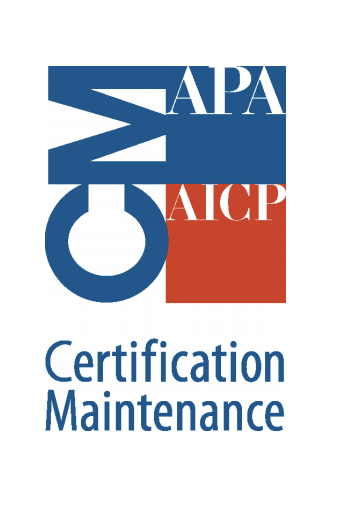The National Hazard Mitigation Planning Program, in partnership with the Emergency Management Institute (EMI), offers a suite of fundamental trainings designed to help state, local, tribal and territorial governments create effective hazard mitigation plans that meet FEMA’s requirements and reduce risk in their communities. As each of these audiences has different requirements, each training is specifically tailored to them.
Additionally, the program offers several advanced trainings and technical assistance related to pertinent areas in hazard mitigation planning. These range from webinar recordings to on-demand workshops.
Search Trainings
This webinar is for tribal government officials, planners, and anyone involved in tribal mitigation planning. FEMA covers basic mitigation planning concepts, types of mitigation plans, steps to create a mitigation plan and available resources.
View Introduction to Tribal Mitigation Planning (via YouTube).
FEMA offers an online course for state and FEMA staff who review local mitigation plans. This prepares reviewers for determining whether a plan meets federal mitigation planning requirements.
View IS-328 Plan Review Training for Local Mitigation Plans.
The course is available online, hosted by the Emergency Management Institute, and has 10 modules to cover the planning process from start to finish. This course provides tribal officials and partners with a full overview of the benefits of mitigation planning and the planning process for tribal governments.
View IS-350: Tribal Hazard Mitigation Planning (2021).
This course is eligible for 6 CM credits for American Planning Association members of the American Institute of Certified Planners (AICP). To log credits for this course, search for event #9293415 or “Federal Emergency Management Agency” in the CM Search and add the credits to your log.
This two-day training can be delivered in-person (L) or virtually (K) and is hosted by the Emergency Management Institute. The training covers the fundamentals of mitigation planning requirements for communities. This workshop describes the requirements for the planning process, stakeholder involvement, assessing risks and developing effective mitigation strategies. It also covers the basic elements of the plan review, approval, and update cycle as well as mitigation funding sources. Target audience: local community officials, emergency managers, planners, planning consultants and other partners who are involved in hazard mitigation planning.
Partners interested in attending or having FEMA conduct a field delivery of L-318 or other training should contact the appropriate FEMA regional office.
This course is eligible for 12 CM credits for American Planning Association members of the American Institute of Certified Planners (AICP).
This course educates students about quality mitigation planning and project grant application elements for Hazard Mitigation Assistance grant programs.
View IS-212.B: Introduction to Unified Hazard Mitigation Assistance (HMA).
This two-day training is delivered in-person (L) and is hosted by the Emergency Management Institute. The training covers the fundamentals of mitigation planning requirements for states, as well as approaches for effectively advancing mitigation at the state level.
Partners interested in attending or having FEMA conduct a field delivery of L-329 or other training should contact the appropriate FEMA regional office.
AICP Credits
Courses are eligible for American Institute of Certified Planners Certificate Maintenance in addition to other webinar or in-person workshops. Find eligible options by using the “CM Search” section on APA and searching for "Federal Emergency Management Agency".

Members of the American Planning Association’s American Institute of Certified Planners can earn Certification Maintenance credits for many of FEMA’s mitigation planning trainings, including IS-350, L/K 318and IS and L-329. When credits are available, they are noted at the end of an activity description. More information can be found at planning.org/cm.

The mitigation planning process is slightly different for each state and local, tribal and territorial government. Regardless of the plan type, there are four core steps in completing a hazard mitigation plan or plan update. View the Create a Hazard Mitigation Plan page for resources to support mitigation plan development.
Tools and Resources
- HAZUS: A risk modeling system that estimates the physical, social, and economic impacts from earthquakes, floods, hurricanes, and tsunamis.
- National Risk Index: An online modeling application that visually depicts risk from 18 natural hazards in addition to socioeconomic and built environment factors. The Index calculates a baseline risk measurement for each United States county and U.S. Census tract to help communities better understand their natural hazard risk.
- A Guide to Supporting Engagement and Resiliency in Rural Communities discusses outreach and engagement activities, including mitigation planning, that address rural communities’ needs and considerations.
External Resources
Hazard mitigation planning training tools and resources from FEMA partners.
- American Planning Association (APA) “Planning, Mitigating, and Advocating for Community Resilience”: This free course, developed with input from FEMA, helps community planners know their role in hazard mitigation. It shows how mitigation planning boosts community resilience. This course also covers how to use planning tools as mitigation actions. Community planners will learn how to engage with the planning process. They will also learn how to work with their emergency management colleagues, help assess risk, and advocate for a more resilient future. This course is eligible for 1.75 CM credits for American Planning Association members of the American Institute of Certified Planners (AICP).

